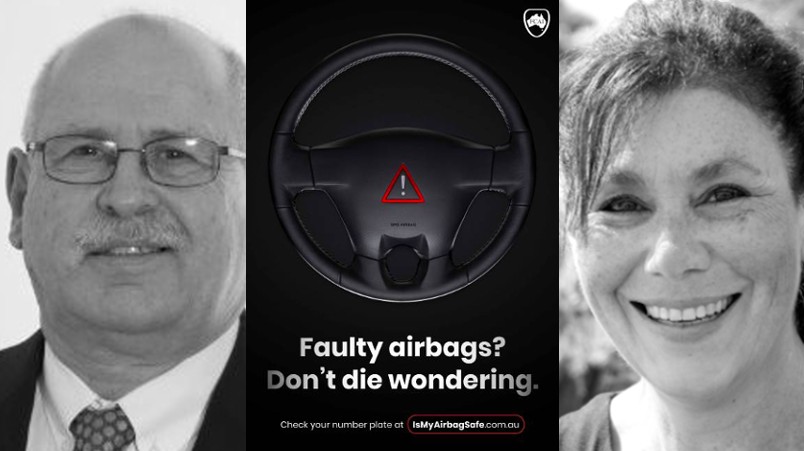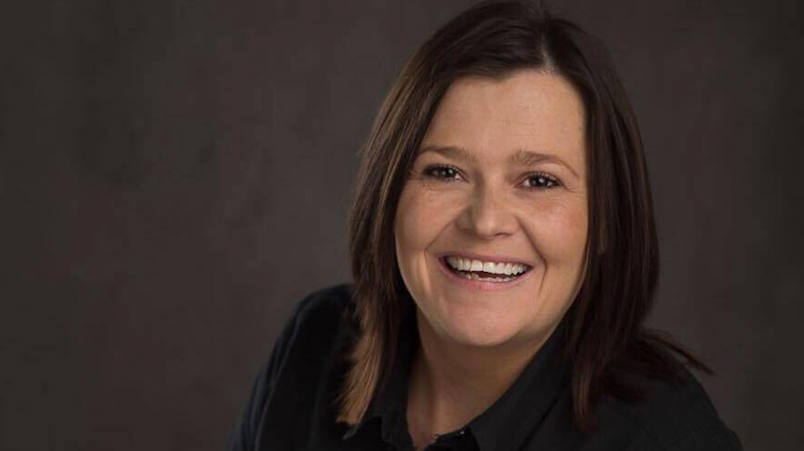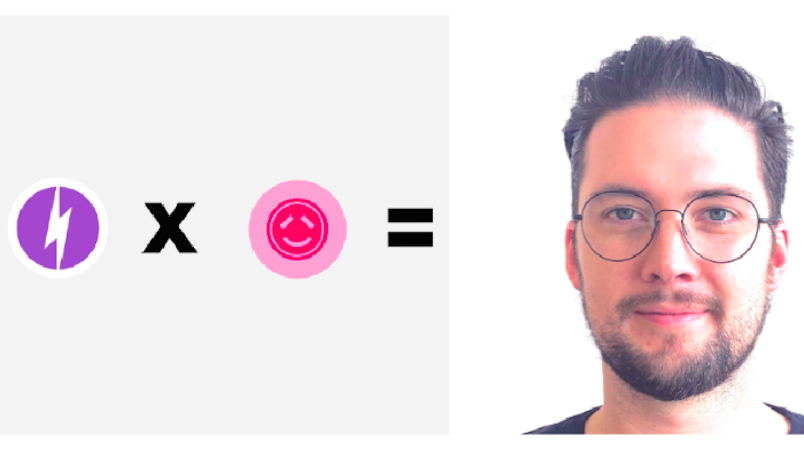Behavioural economics? What 23 fierce auto rivals did together to make 3 million car owners do something they didn’t want to

“It was the biggest recall we’d ever seen in this country,” Federal Chamber of Auto Industries advisor Russell Scoular (Left) says. Centre: The Media Store's Mindy Lee.
In 2018 Australian carmakers were collectively rattled. The consumer and competition regulator, the ACCC, dropped a bombshell on the auto industry in the form of the biggest mandatory product recall ever in Australia – 4.1 million faulty and potentially deadly Takata airbags in more than 3 million vehicles had to be replaced. The problem? Car owners were apathetic and entirely disinterested. Here’s how 23 car brands joined forces to head-off hefty ACCC penalties and deployed a media strategy that got spooked automakers to a 99.9% success rate. And a happy ACCC.
What you need to know:
- A nationwide campaign to replace a potentially lethal airbag has been named a finalist for the Media Federation of Australia’s 2021 Awards’ Long-term results category.
- The Media Store and the Federal Chamber of Auto Industries were given the unenviable task of ensuring more than 4 million airbags were replaced in Aussie cars within 2.5 years – or there would be harsh penalties. Just 81 vehicles remain outstanding.
- The campaign has many parallels to the current work for the Covid19 vaccines: some people moved quickly, others, especially in culturally diverse communities, were more difficult to reach.
- The campaign started with TV, moved to radio, print and digital, and then targeted into specific areas and languages. It was a “great success”, the ACCC says.
When advertisers and their agencies plan a campaign, they have an idea of how big their target audience is, who they are, and how successful it is likely to be. But what if they had to convince 100 per cent of the target audience to take action, before a hard deadline, or face strict government penalties? And what if that campaign involved two dozen parties that were normally fierce competitors?
That’s what happened to the auto industry in 2018, when the Australian Competition and Consumer Commission (ACCC) ordered 4.1 million faulty – potentially deadly – Takata brand airbags to be replaced in more than 3 million vehicles.
It was a multi-year campaign that had to reach everyone. The airbags had been linked to 33 deaths around the world, including one in Sydney – there were literal lives on the line. The ACCC ordered the peak industry body, Federal Chamber of Auto Industries (FCAI), to oversee the recall, which involved 23 different vehicle brands. They brought in media agency The Media Store.
“It was the biggest recall we’d ever seen in this country,” FCAI advisor Russell Scoular says. “It was the first compulsory recall the ACCC had demanded in this country, and it faced the industry and those brands with an enormous task in a relatively short period of time.” It was February 2018 when the industry was ordered to run a campaign, which had to begin by July 2018 and included mandated channels – TV and print, for example. Within 2.5 years, by December 31, 2020, all vehicles had to be accounted for.
Fast forward a few years, and the campaign has been an astonishing case study of success. As of June 30, there were just 81 vehicles that still needed to be tracked down, a conversion rate of more than 99.9 per cent. “To have it just shy of 100 per cent complete makes this a great success in terms of numbers compared with other recalls,” ACCC Deputy Chair Delia Rickard said.
The campaign is a finalist for the Media Federation of Australia’s 2021 Long-term results award.
The challenge
The ACCC was “quite prescriptive” about the campaign, Scouler says. Each vehicle brand had to have a comprehensive consumer engagement plan, and there was a demand to use television, print, social media and English and non-English languages. The campaign also had to be approved by the ACCC.
After pitches from at least three creative agencies, the FCAI selected The Monkeys, who had suggested a clear but confronting message of ‘Don’t Die Wondering’. It included a website where people could type in their vehicle registration and find out whether they were affected.
“It was a big task, there was no two ways about that,” Mindy Lee, Business Director at The Media Store, says. “There were two very clear objectives. Firstly, we had to raise broad awareness of the compulsory recall.” The creative was good, but getting it into linguistically and culturally diverse communities would be difficult. There were also a lot of stakeholders.
“(The ACCC) did say it needed to be mass media, and they did prescribe that it needed to have television, press, radio… but we had to refine what that meant. There was no actual original budget set,” Lee says.
The second objective was to create a sense of urgency. “Given the risk that could escalate the longer these airbags remained on the road… we really had to go out all guns blazing,” Lee says.
The issue with mandatory recalls is simple: people are lazy. Letters had already been going out from manufacturers to owners “People don’t even open them, let alone ring and respond,” Lee says. “There’s a lot of complacency out there.”
And so, in July 2018, the campaign kicked off – on TV.
The campaign
Lee and Scouler estimated they needed to reach and fix more than 48,000 vehicles every month. While they wouldn’t put a figure on the overall cost of the campaign, it went into the “many millions of dollars”.
At first, the response was great. TV reached a mass audience, and the ability to go to a website – www.IsMyAirbagSafe.com.au – and simply type in a number plate delivered big results. “The TV launch did amazing numbers straight up, but it wasn’t sustainable financially,” Lee says. They used media mix analytics and modelling to understand where each hit for the website was coming from. Radio, digital and PR stories were the next step, as they were much more affordable and longer-term.
“Channels like radio were really powerful to maintain much more cost-effective momentum because, with the voiceover, the message was very strong. So there was a tail,” Lee says.
There was a 60 Minutes story, and coverage that had to be visible to those searching for information online.
“But we also knew that in different communities, different channels had a big place to play in terms of credibility of messaging,” Lee says. “It was very important to have commitment to print and press in regional areas, but also that culturally linguistically diverse other language channels.”
The website wasn’t built for non-English speakers, which was a problem. They were seeing a 20 per cent lag in conversion rates in those communities. The website was soon fixed.
Up to 80 per cent of those using the website were taking action.
“Understanding the needs of different audiences and communities played at that micro scale,” Lee says.
Airbags like vaccines
It is a curious time to evaluate the effectiveness of a campaign targeting mass market awareness and response, and in many ways the Takata airbag recall was like the campaign for the Covid-19 vaccines, Scoular says. There was the “low-hanging fruit” who would readily respond to information that could impact their health and wellbeing. Reaching the diverse communities was much more difficult.
“There’s almost a parallel to our project,” he says. “The challenges the governments are facing and where they’re getting results and where they’re going to have to go back and drive harder… we found that areas of low socio-economic communities took a little longer to respond. They were flat out in their day-to-day jobs and their busy lives and just didn’t necessarily respond initially to some of the high-profile mass media.”
They had to be targeted more specifically to drive results. After the awareness campaign, when they hit 60 per cent of their target, the FCAI and The Media Store returned for a creative – and more punitive – refresh. States and territories, the campaign now warned, could cancel a vehicle’s registration if it had faulty airbags.
“There was a very good study done by the Australian National University, which showed that many people will respond to an issue regarding health and safety,” Scoular says. “Others, you virtually have to take something off them that they value before they will respond. And that's where the registration sanction message played a very strong role, in the latter part of our campaign.”
The results
Within the first 18 months, the mass awareness work and targeting had more than doubled the target of 48,000 vehicles that needed to be fixed each month. A year out, they were 40 per cent ahead of schedule, and able to reduce spend and make it more cost efficient.
“We could start tailing off on the phased investment requirement from the actual manufacturers. And then other levers, like the state registration [cancellations], which came in much later in the campaign towards that end few months, that really started to have an impact as well,” Lee says.
“We still needed to really sweep into those micro communities all the way through. So even if there was noise coming out from stories about your registration could be cancelled, you still had to get people to the website because that was still the mechanism for them to check if their vehicle was affected. We were still active all the way through to the end. But our pressure came off and that meant that we didn't have to invest as much.”
The figures are impressive. As of June 30, this year:
- 3.77 million faulty airbags had been replaced.
- 330,000 vehicles had been either written off in accidents, exported or stolen.
- There had been 12.53 million searches on the website.
- 2.10 million vehicles had been identified as affected, 8.7 million identified as unaffected.
“As well as brands involved in the recall, what the website was also able to do was provide a level of comfort for all car owners in Australia, regardless of their brand,” Scoular says. “(An owner) could go onto the website in with their registration number and state and territory and know within seconds, ‘no, your vehicle is not affected’. So we provided significant peace of mind.”







